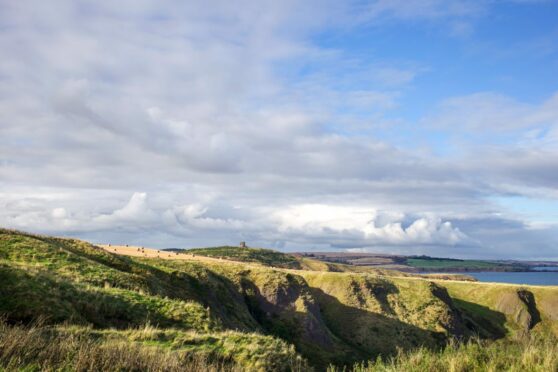In Scotland, the wider UK and through the diverse landscapes of Europe’s 27 countries, finding a way forward from the Common Agricultural Policy – in place since 1962 – is proving a tough nut to handle, let alone crack.
Much of this heavyweight policy, and its iterations, is still important today: ensuring food security, boosting agricultural productivity, promoting rural development, ensuring fair incomes for farmers, and achieving market stability. Whether they are achieved or achievable, or not, is a different matter.
Yet, now that there are so many calls on what land should be used for – food, biodiversity, forestry, agroforestry, environmental improvement, urbanisation, leisure, tourism, health – wrangling with what’s best for place, farms and people seems to be an impossible jigsaw puzzle to complete.
In the policy vacuum since Brexit, there are some certainties that, I believe, can help farmers plan, but, for some devout production agriculturalists, the direction of travel isn’t palatable.
Without doubt – and centred on what I’ve seen on my many years of travel – there is a polarisation in agriculture, land use and rurality. In the northern and western parts of the world – Europe and Scandinavia – the road ahead is paved green, while in Southern and Eastern countries – Southeast Asia, South America and Australasia – the intent is to produce food, albeit with an eye to the environmental and social care required to export that food – such as housing for and fair treatment of workers and ticking the environmental footprint ‘boxes’ by complying with Western assurance standards.
So how can Scotland’s farmers plan what’s best for the future of their land and businesses, when policy isn’t giving any firm direction? As hard as it can be, thinking about the inevitable change will be vital, and looking at a farm’s potential will need to go beyond what it is being used for today, to capitalise on the asset; possibly from its location’s suitability for public use, its natural features for environmental partnership or a multitude of other tried and tested ‘diversifications’.
Two examples have long fascinated me. The first is what Andrew Farquharson’s family has done at Finzean Estate. They have capitalised on their natural assets and the land’s capabilities to support shooting, stalking, trees, and the traditional rearing beef and lamb, which, along with game, is processed and sold via their hugely successful farm shop. Andrew has also embraced and supported the local community in selling land for housing for long-term residents of the valley.
In Australia, the little town of Winton in central west Queensland, the population of 1200 people has capitalised on what they have. Agriculture and tourism dominate. It’s an Outback town where Banjo Paterson, the Australian Bard, wrote Waltzing Mathilda, on the back of which the town started the Outback Music Festival; Winton recognised that its incredible scenery might attract the film industry, so they began the Outback Film Festival, and to top it all, a local farmer found a lot of dinosaur bones, so the town now has dinosaur tourism and an international centre for Palaeontology.
What’s made both Winton and Finzean so successful are three things, seeing what you have, and its potential, as others might see it and value it, leadership that brings others with you (Winton had four visionary local leaders – some of them farmers) and tenacious vision to use what they have to make something lucrative and sustainable for the future.
As we look ahead in Scotland, despite the policy vacuum, there are some certainties to help planning – farms will continue to produce food, but will have to become greener, food is still important, there will be funding for local communities to develop infrastructure and place, and local will be at the centre of rural development and tourism. It isn’t enough to plan the future, but they are foundations that I don’t believe are going to shift.
Jane Craigie runs a marketing and communications business based in rural Aberdeenshire
